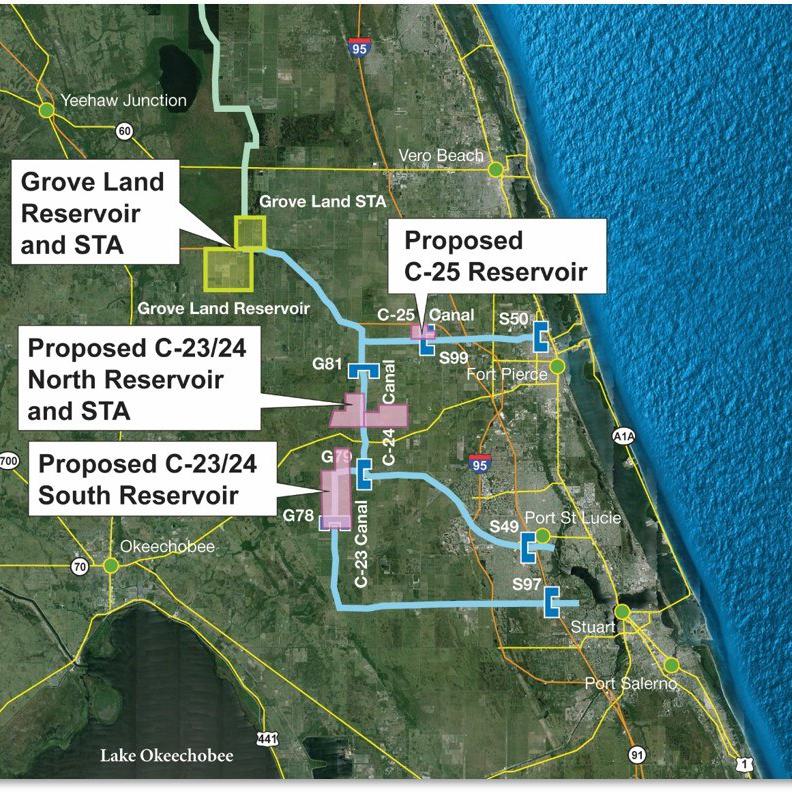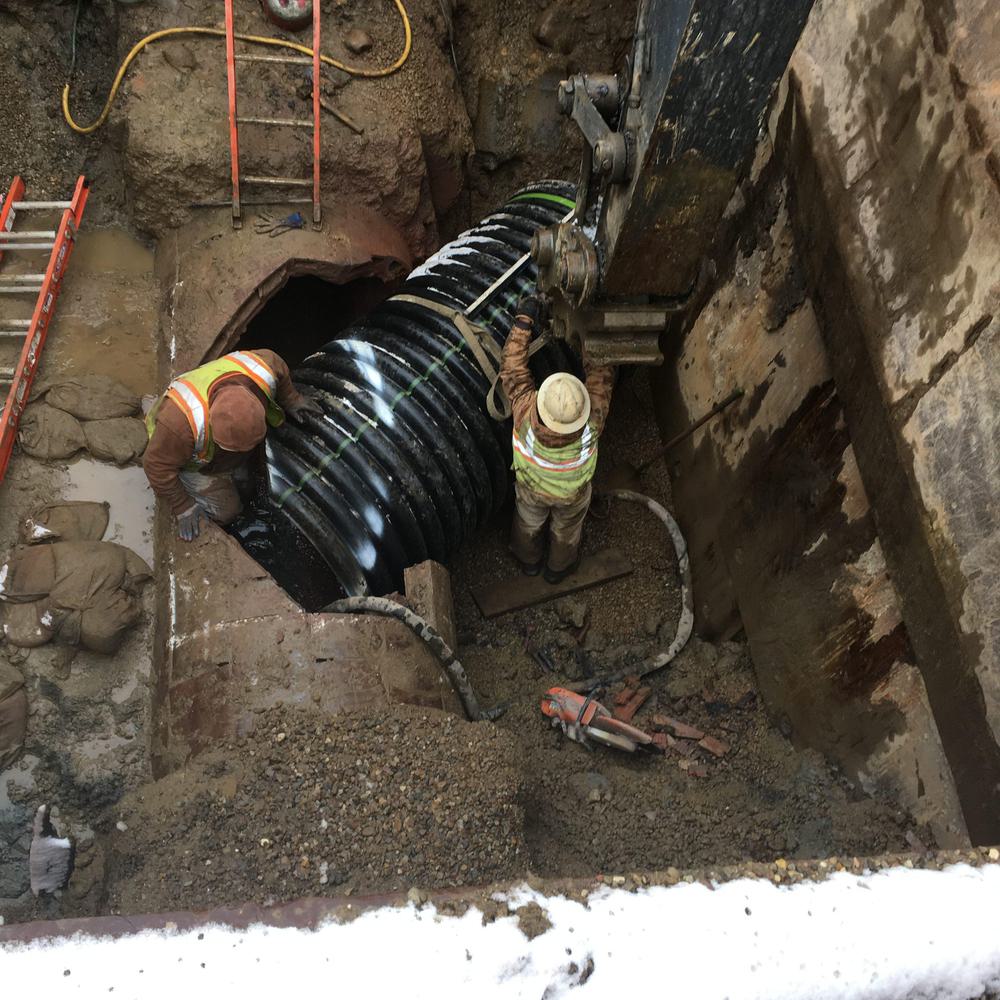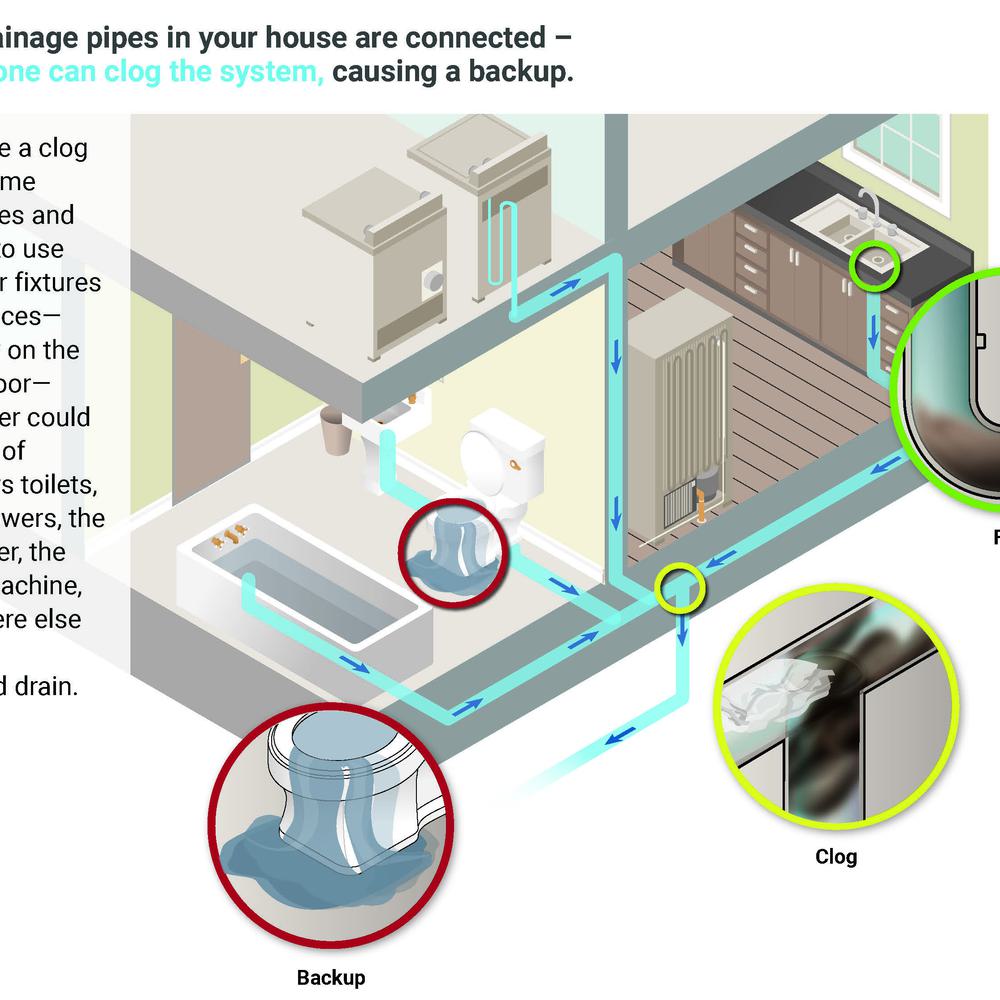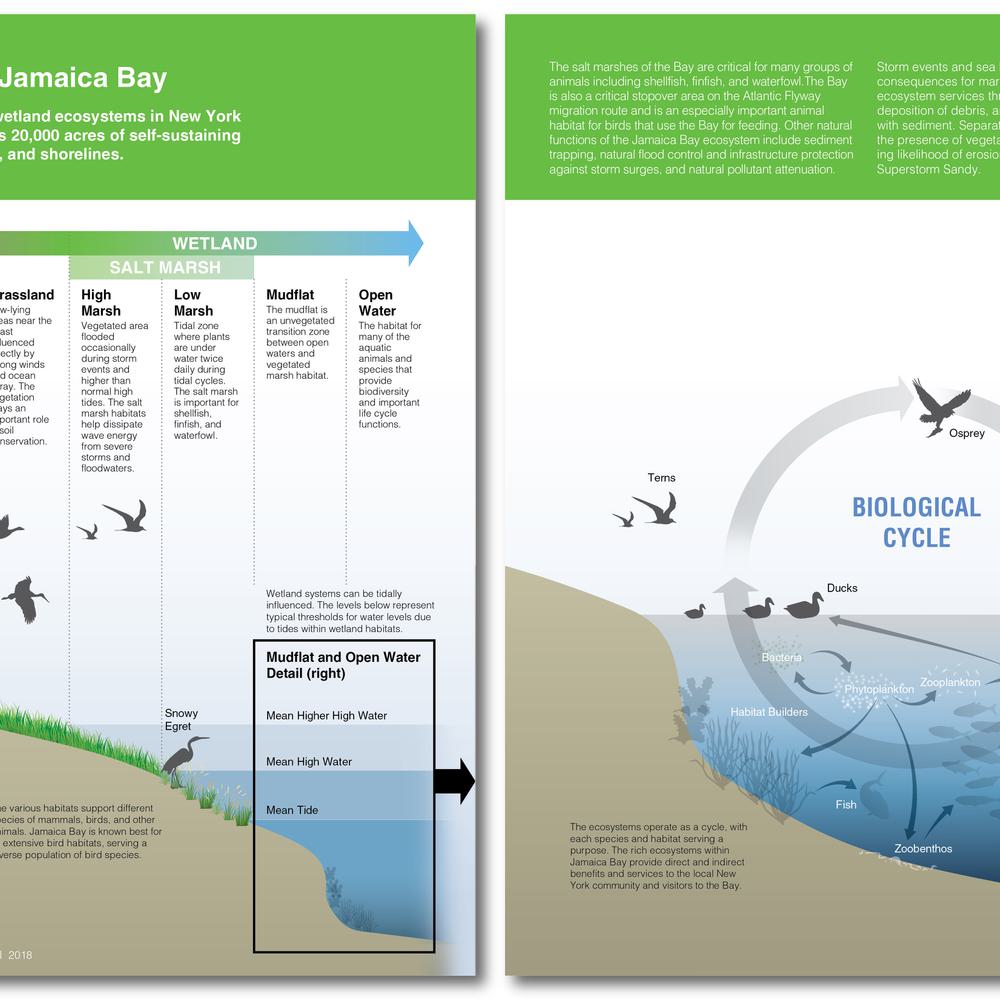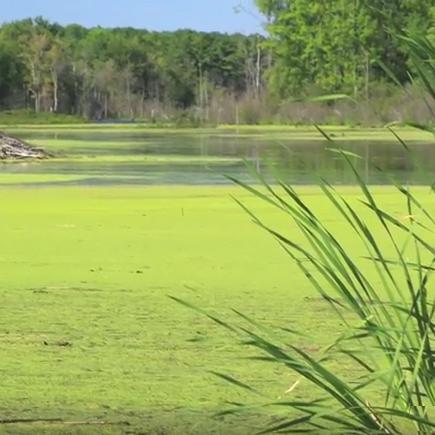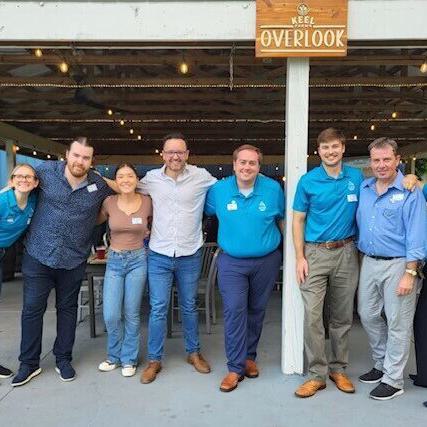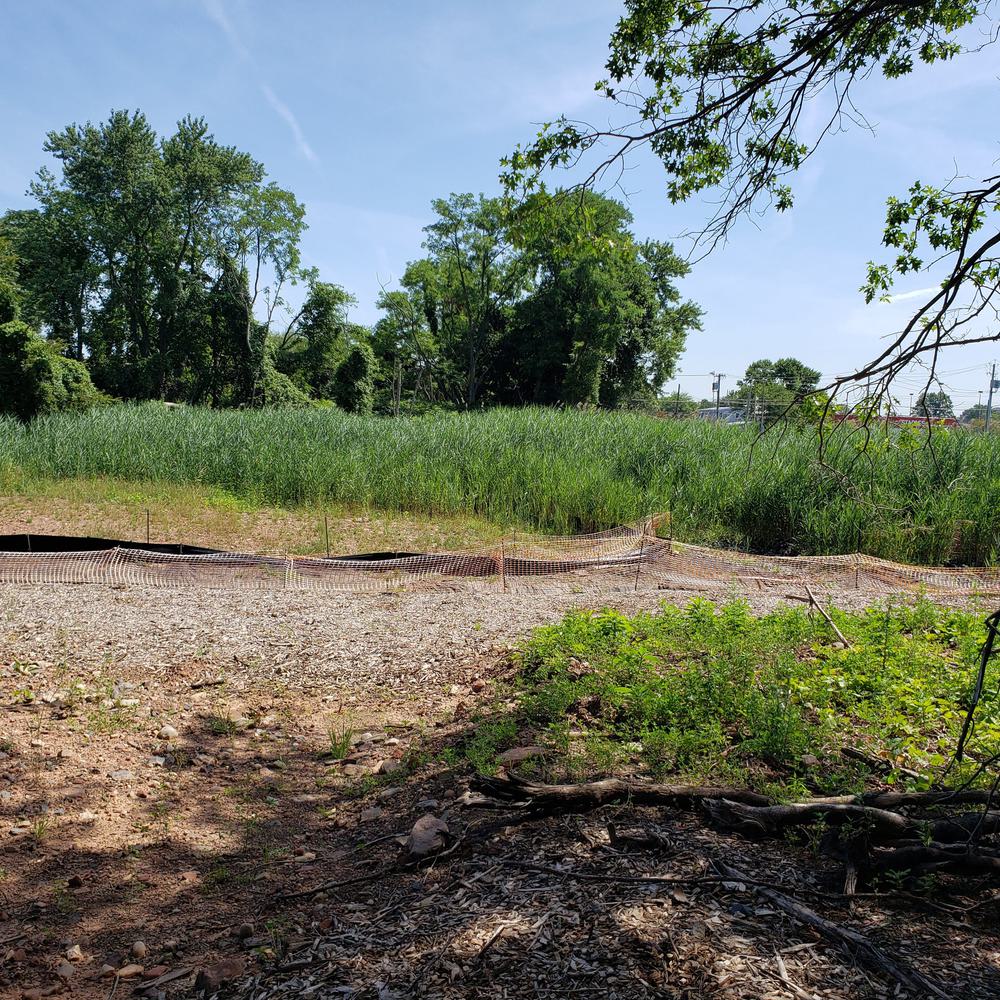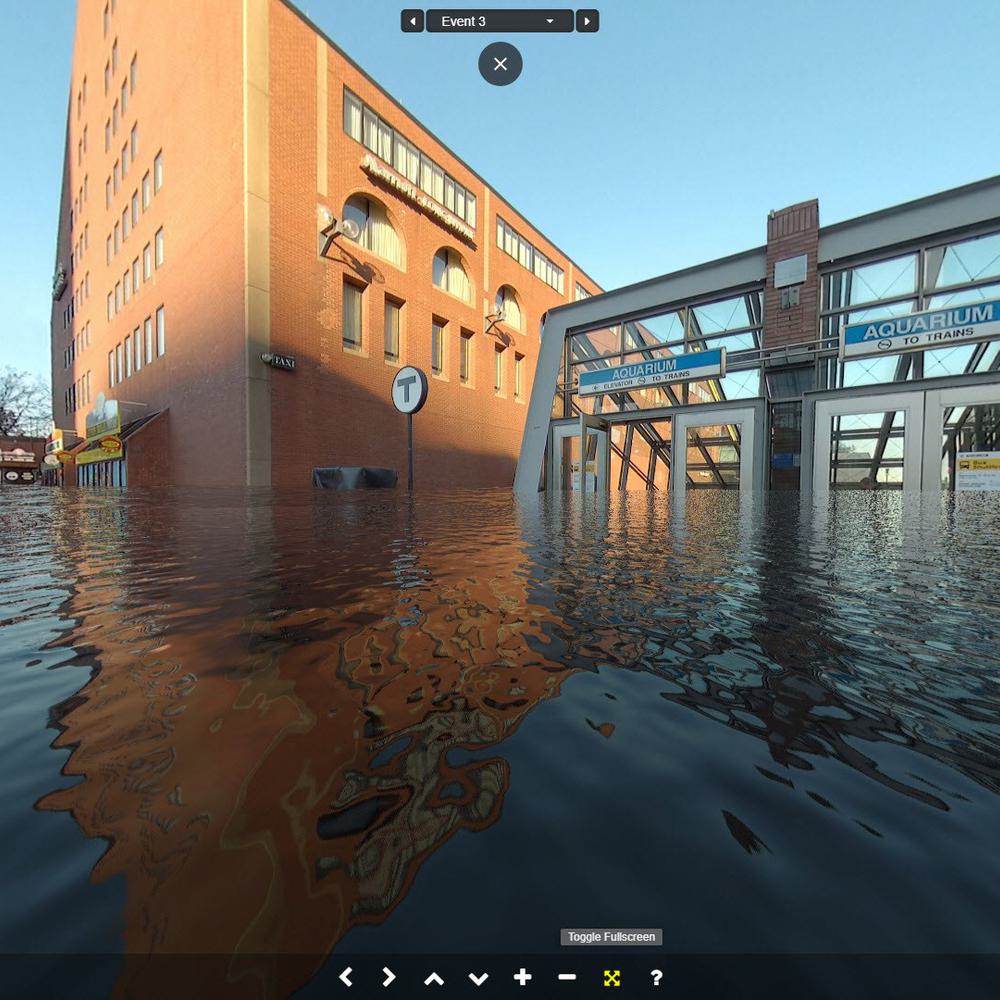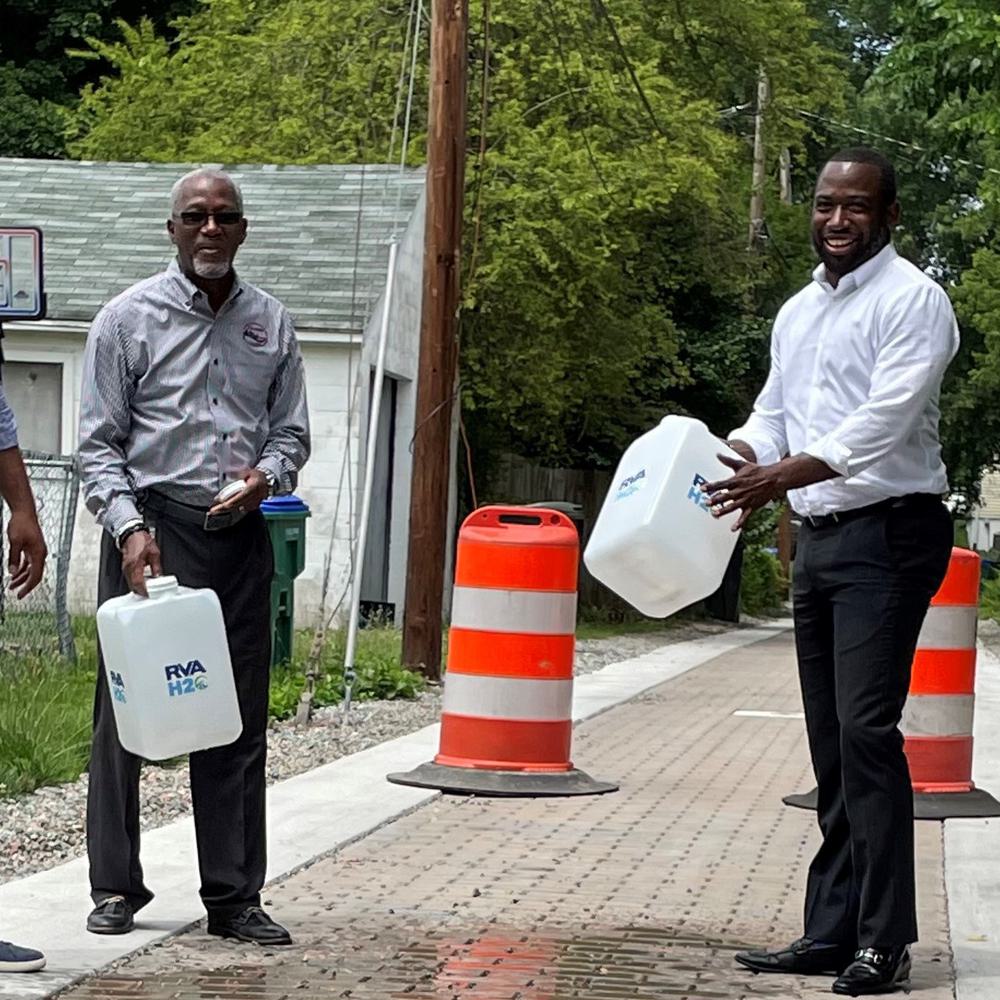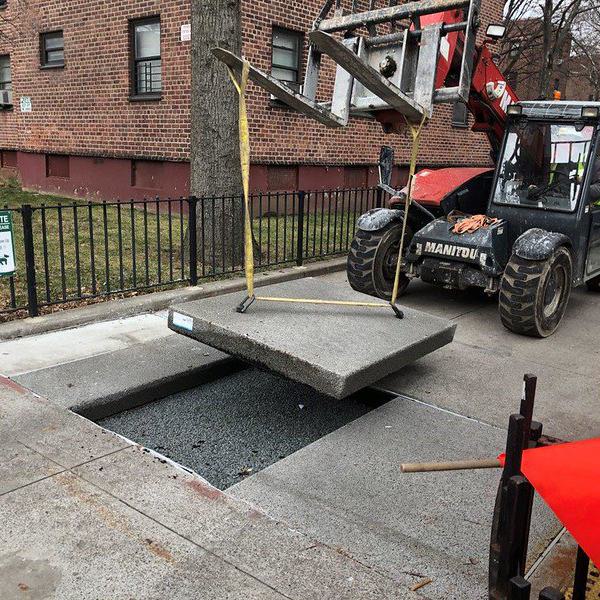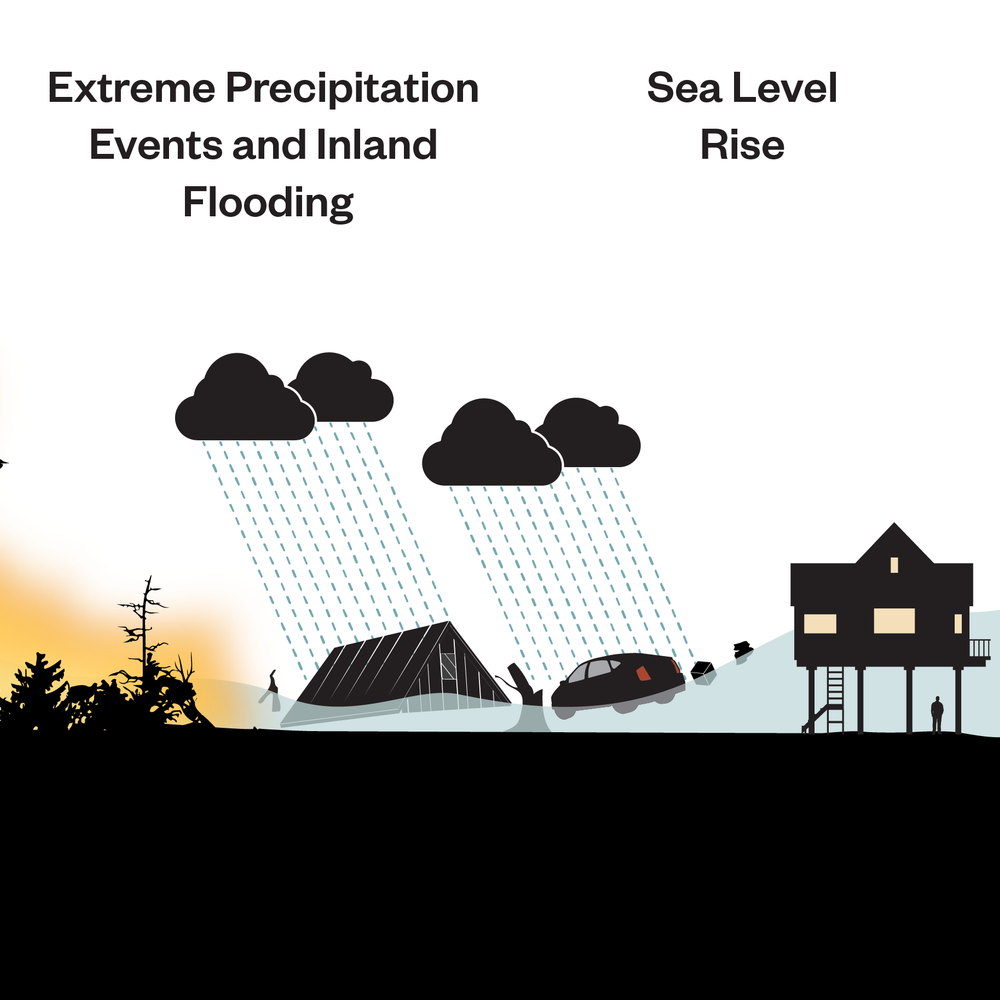The Evolution of Stormwater Management
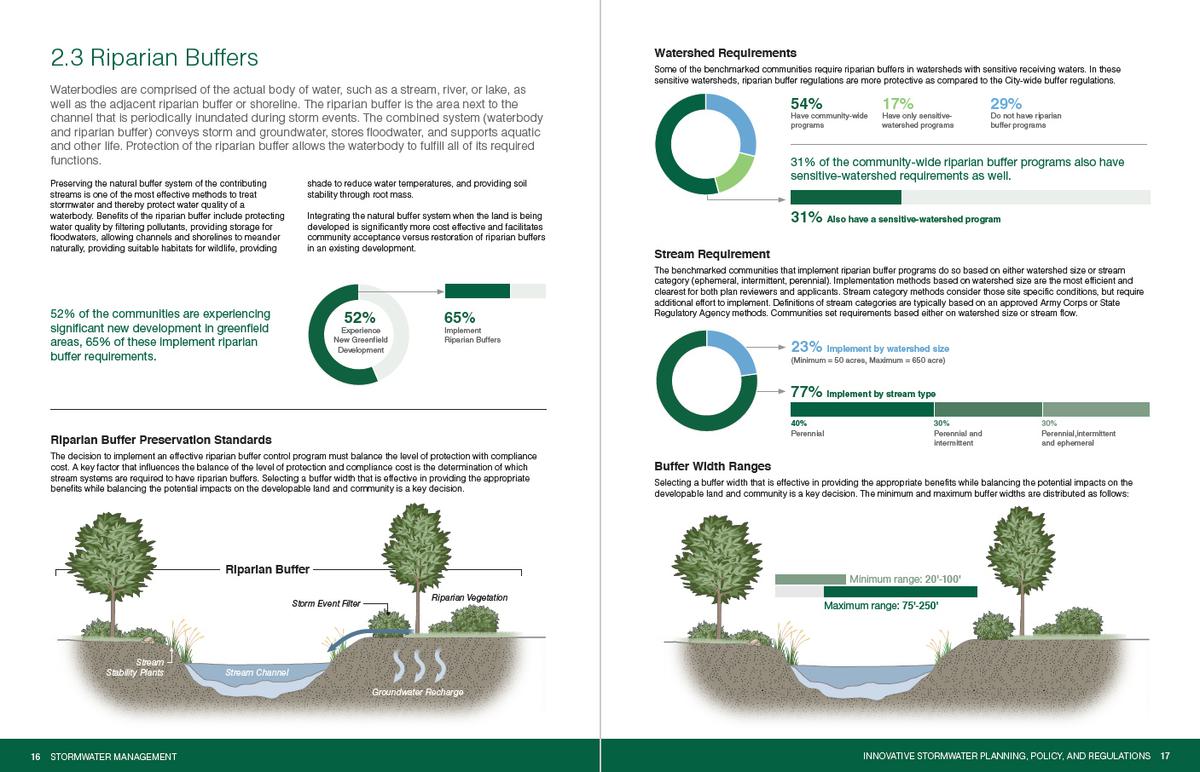
New stormwater management report outlines community experiences with flood mitigation programs, integrated stormwater management initiatives, and regulatory compliance. Utilities can use this information to cost-effectively improve the health of local waterbodies and deliver related benefits to their communities.

In addition to integrated planning, communities are implementing green infrastructure methods, such as rain gardens and green roofs, to reduce and treat stormwater at its source while delivering environmental, social, and economic benefits.

A floatables reduction program reduces the trash that is washed by stormwater into receiving waterbodies. A multi-faceted program is typically required to reduce trash load, and begins with public education and involvement efforts such as catch basin stenciling, anti-litter campaigns, and stream cleanups

To assist in collection of litter and debris flowing down the Jones Falls River into the Baltimore Harbor, the City and the Waterfront Partnership of Baltimore use the Inner Harbor Water Wheel. Also known as "Mr. Trash Wheel," the water wheel uses the river’s current to provide power to lift trash and debris from the water and collect it into a dumpster barge. The trash wheel contributes to public outreach efforts through the use of social media. (Source: Waterfront Partnership of Baltimore)
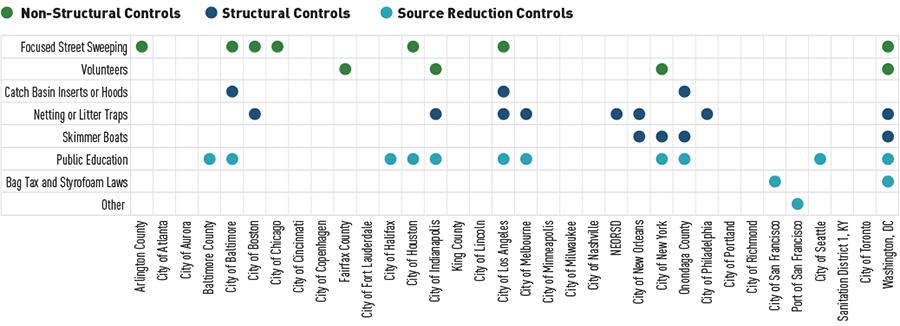
The range of floatables reduction strategies used by the participating communities is shown above.
In September, the New York City Department of Environmental Protection (DEP), in partnership with the Water Research Foundation, released Innovative & Integrated Stormwater Management, an examination of stormwater programs from around the globe (DEP 2017). To develop the most effective stormwater management program possible, DEP looked to its peers in other municipalities to understand which methods have been successful in implementing stormwater management programs and meeting regulatory requirements. Service providers can use the information in the report to cost-effectively improve the health of local waterbodies and deliver related benefits to their communities.
Over 34 communities participated in this project, providing details on their experiences with National Pollutant Discharge Elimination System Municipal Separate Storm Sewer Systems (NPDES MS4) permit compliance, Consent Decree compliance, flood reduction programs, and other integrated stormwater management initiatives. Insights from this report will inform the future development of DEP’s programs and initiatives as the city strives to proactively manage stormwater and wastewater in a more holistic manner.
The report topics encompass the U.S. Environmental Protection Agency (EPA)-recommended NPDES MS4 requirements and additional requirements commonly found within NPDES MS4 permits. Additional topics that are critical to stormwater program success, or those that can result in progressive and innovative water quality solutions, are also covered in the report. The specific report topics include:
- Innovative stormwater planning, policy, and regulations
- Public involvement and education programs
- Illicit discharge detection and elimination programs
- Construction and post-construction stormwater management programs
- Municipal facilities pollution prevention programs
- Industrial and commercial stormwater management programs
- Floatables and street litter reduction programs
- Structural stormwater controls
- Stormwater monitoring
- Funding sources and financial incentive programs.
Case studies are presented for communities with progressive programs in each topic area.
This article is excerpted from Advances in Water Research.



